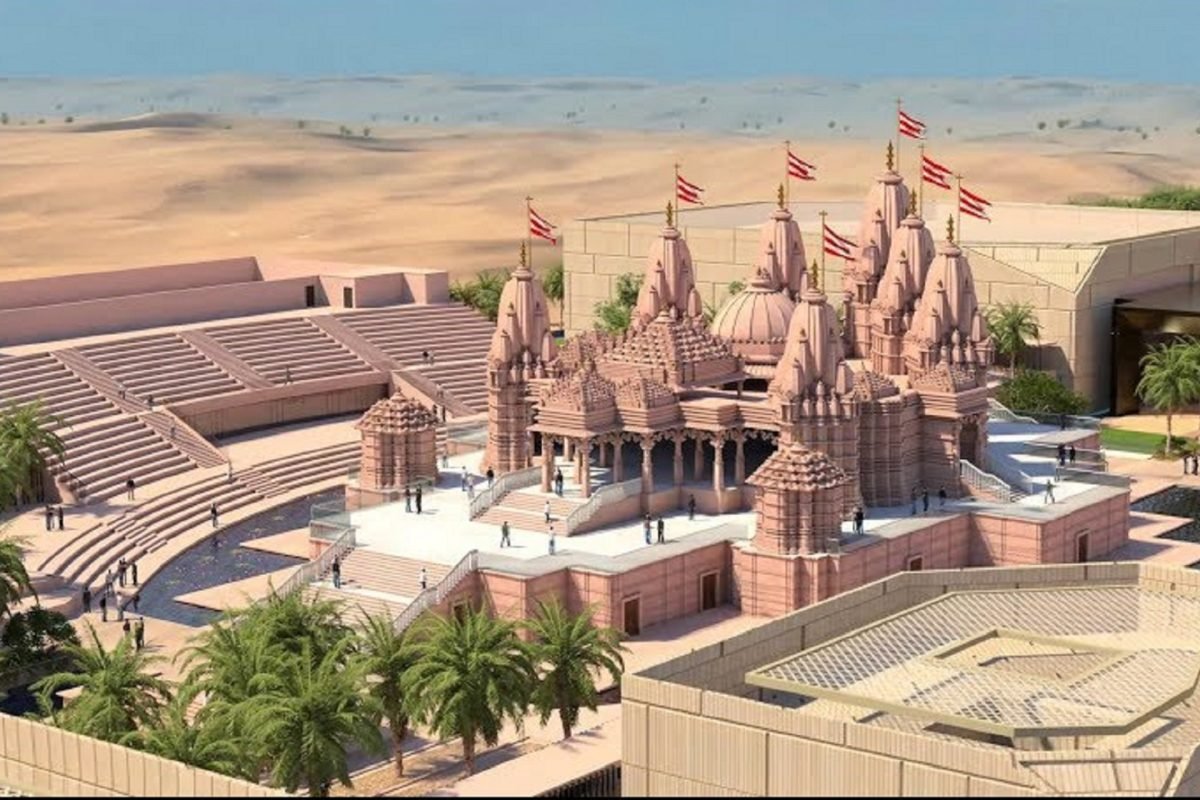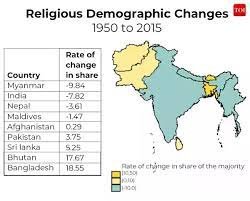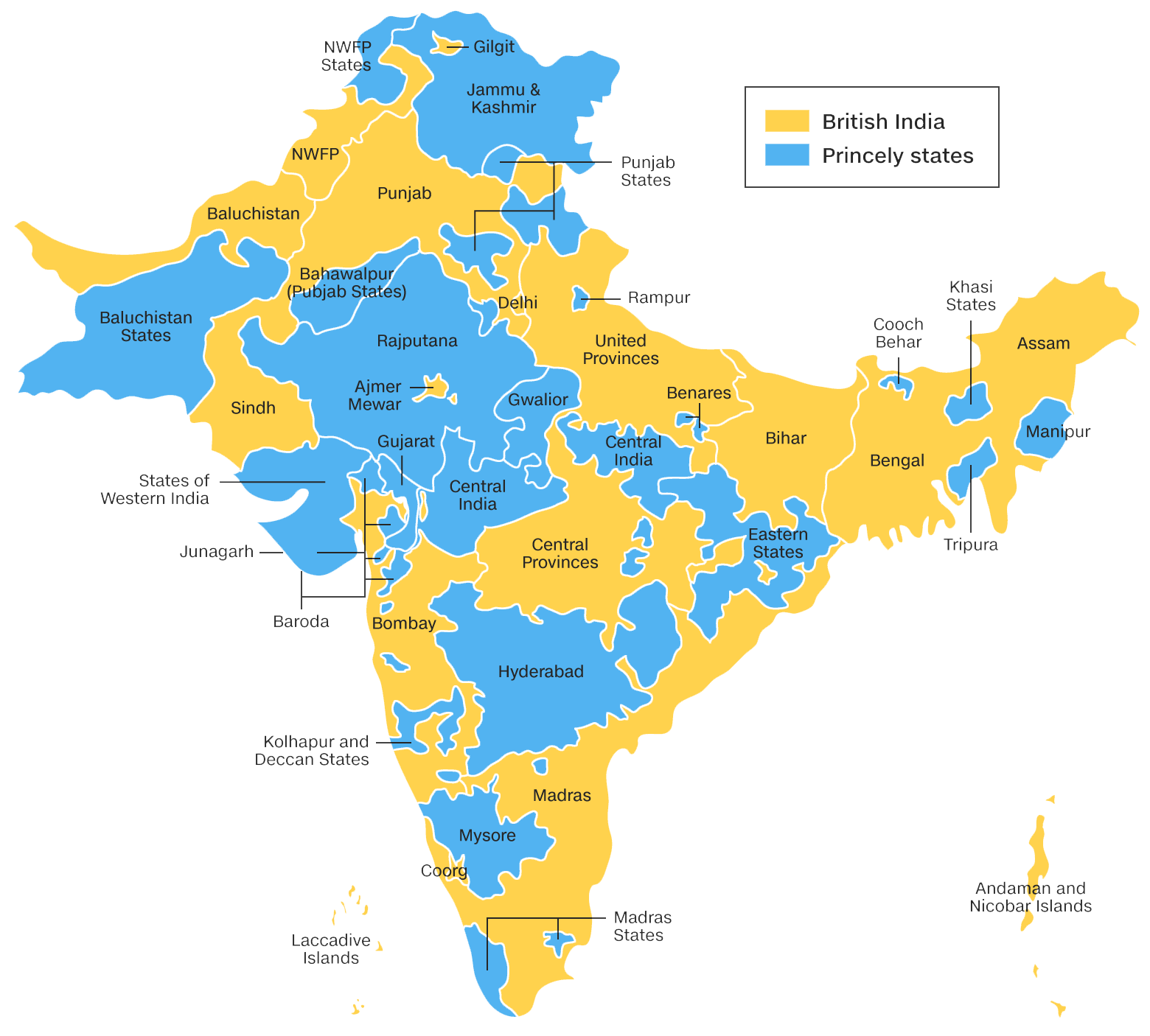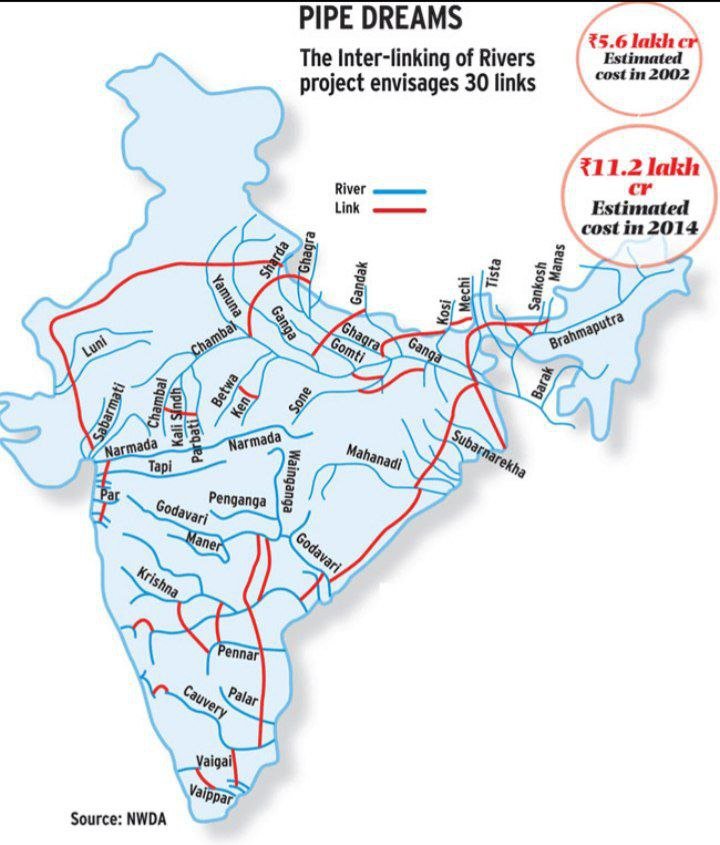
Cold Lava
Subscribers of "Current Affairs" course can Download Daily Current Affairs in PDF/DOC
Subscribe to Never Miss an Important Update! Assured Discounts on New Products!
Must Join PMF IAS Telegram Channel & PMF IAS History Telegram Channel
- Context (ET): Cold Lava gushes through streets as Mount Kanlaon erupts in the Philippines.
- Hundreds of people were evacuated, and dozens of flights were cancelled due to the ash cloud.
- Earlier Cold lava from Mount Marapi (the most active volcano in Sumatra, Indonesia) resulted in the death of more than 40 people, and many went missing.
- Both Mount Kanlaon and Mount Marapi are strato volcanoes situated in the Pacific Ring of Fire.

Credits: NDTV
What is Cold Lava?
- Cold lava, known as “lahar” in Indonesian and Tagalog, is a mixture of volcanic ash, water or melted snow, rock fragments, and pebbles that flows down the slopes of a volcano during rainfall.
- These flows can be hot or cold, depending on their origin. It is mainly associated with stratovolcanoes.
- It moves similarly to wet concrete, leads to quick flow and spreads far from the volcano.
- It primarily travels down river valleys and can reach speeds of up to 75-80 kmph or more.
Expansion and Growth
- It can rapidly expand, consuming and incorporating everything in its path, including rocks, soil, vegetation, and even man-made structures like buildings and bridges.
- Water significantly influences lahar evolution (more than tenfold), increasing its volume, mobility, and destructive potential by melting snow and ice or engulfing river and lake water.
- Thus, they are extremely dangerous, striking with little warning and causing widespread destruction.
Formation
- Lahars can occur without volcanic eruptions, often triggered by heavy rainfall or landslides on volcano slopes covered in loose volcanic material.
- Eruptions can also generate lahars by melting snow and ice or through pyroclastic flows.
- Additionally, lake breakout floods caused by volcanic landslides can transform into lahars as they erode and incorporate more debris and water, significantly increasing their volume and destructive power.
How is it different from normal lava?
- Normal lava is extremely hot and molten; lahars are not molten and vary in temperature.
- Lava is molten rock; lahars are a mix of water and volcanic debris.
- They can be more destructive and deadlier than regular lava flows because they affect a larger area.







![PMF IAS Environment for UPSC 2022-23 [paperback] PMF IAS [Nov 30, 2021]…](http://pmfias.b-cdn.net/wp-content/uploads/2024/04/pmfiasenvironmentforupsc2022-23paperbackpmfiasnov302021.jpg)











